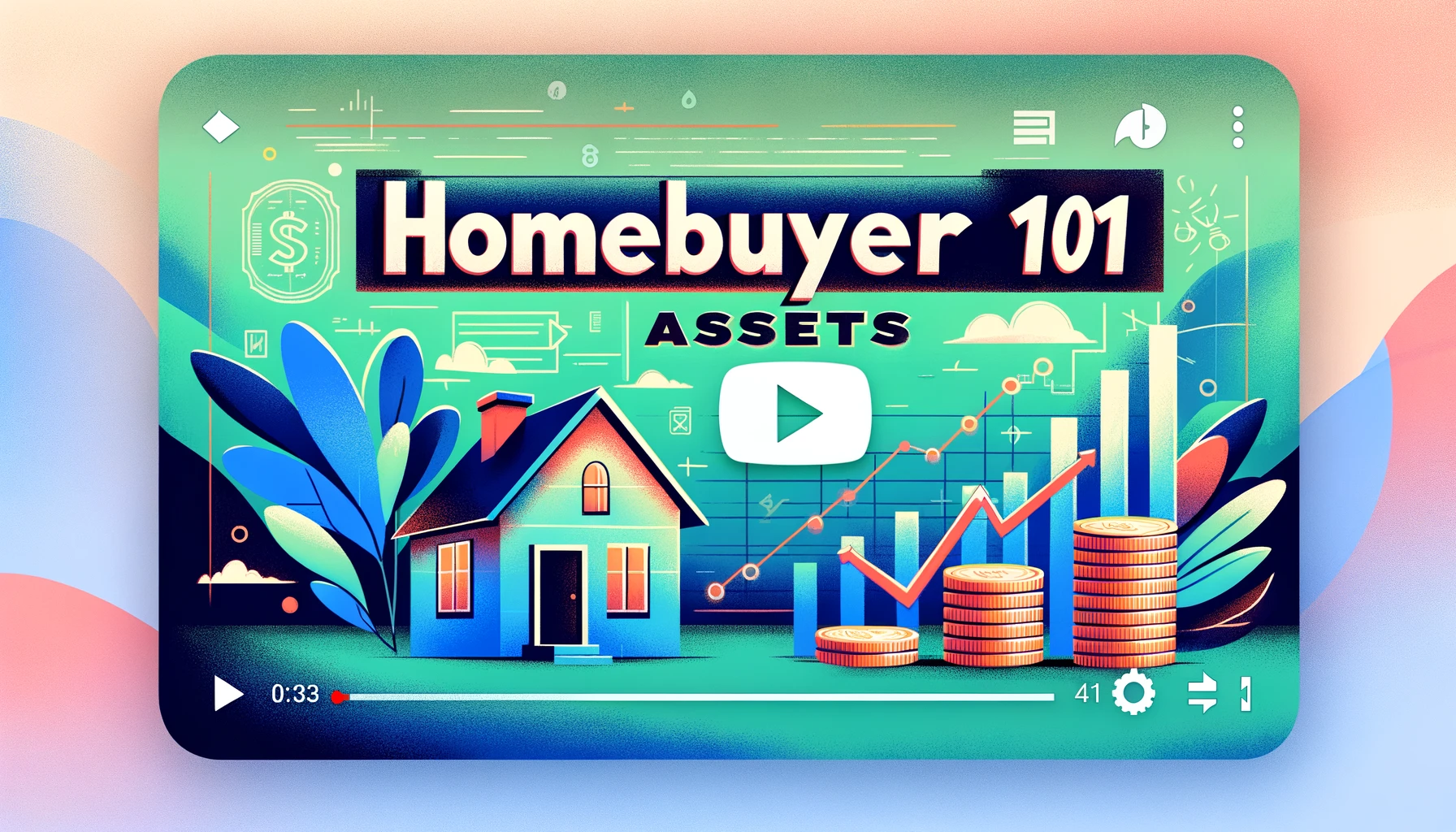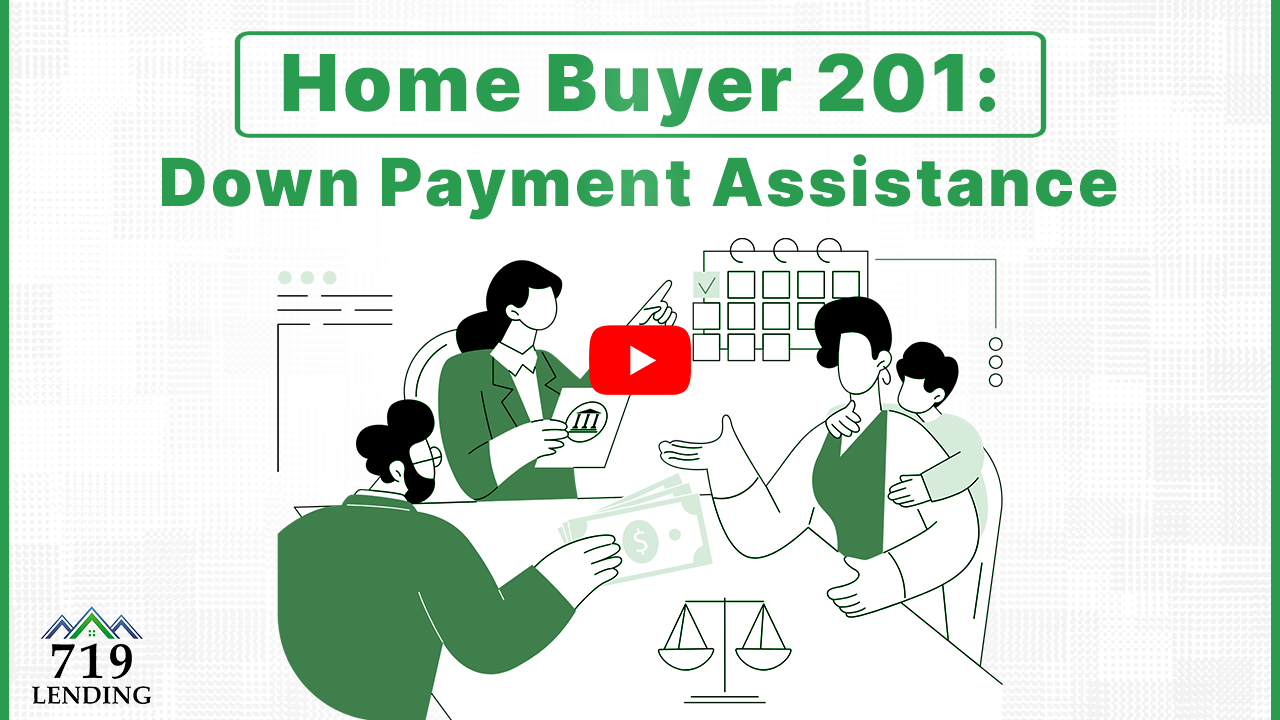6 minute lesson Lesson Summary Importance of timely document submission for your loan Types of…
Homebuyer 201: Rate Locks
Lesson Summary
-
Mortgage rate locks are an important aspect of the home buying process.
-
Interest rates fluctuate daily, similar to the stock market.
-
When you lock in your interest rate, you are securing it for a specific period of time.
-
Floating your interest rate is an option, but it comes with risks.
-
It is generally recommended to lock in your rate sooner rather than later.
-
Different lock periods come with different costs.
-
The conversation about rate locks is always open, so you can make informed decisions.
Imagine you’ve just found your dream home in the vibrant community. The scenery enchants, the neighborhood welcomes, yet a crucial step beckons: securing your mortgage rate lock.
Interest rates are volatile, mirroring the ebb and flow of financial markets.
Envision sealing the deal on a serene ranch-style home; now it’s time to discuss your mortgage rate lock strategy.
Understanding Mortgage Rate Locks
A mortgage rate lock is a lender’s guarantee of the interest rate on your loan for a specific period. Once under contract, this lock shields you from daily fluctuations, akin to the stock market’s rhythms.
Rate locks vary in duration, traditionally spanning from 15 to 90 days, and are subject to different costs. The longer the lock period, the more stability you gain, yet this often comes with a slightly higher rate to maintain that certainty.
Choosing when to initiate a lock is pivotal; a premature decision can be costly, but delays risk higher rates. Your mortgage advisor is a vital ally in navigating this decision, ensuring you’re informed and ready.
How Rate Locks Shield from Market Fluctuations
A mortgage rate lock is a financial bulwark, stabilizing the interest rate from the daily market whims.
Interest rates can change multiple times a day, just like stock prices, but a rate lock holds your quoted rate firm.
Opting for a rate lock means you cement your loan’s interest rate, insulating your budget from potential upticks in market rates.
With a locked rate, you purchase peace of mind and predictability; regardless of market volatility, your monthly payment and interest costs remain unchanged.
The Timing of Locking in Your Rate
Wait too long and the market could shift, leading to heftier interests than expected.
Clarity in the loan process is essential, and timing is a critical piece of that puzzle – the moment to lock is not arbitrary.
The fluctuating nature of interest rates demands strategic timing: too soon and you might regret it if rates drop; too late and the opportunity might pass.
Negotiating the term of a lock can be nuanced, with the market’s ebb and flow dictating the ideal window to make your commitment.
Understand the market’s impermanence and seize the rate lock at the opportune juncture to secure your financial future.
Navigating Rate Lock Periods
As you edge closer to homeownership, understanding various rate lock periods is indispensable. The length of your lock can range from 15 to 90 days, each with its financial implications. Consider the seller’s timeline and any additional costs tied to extended periods. A longer lock may seem prudent, especially if you desire consistency in a volatile rate environment, but it’s accompanied by a premium. Like a chess player contemplating a pivotal move, assess your lock strategy with foresight, balancing potential market shifts with your closing schedule. Engage in this decision-making process with an open dialogue, ensuring you’re equipped with the necessary insights to navigate the mortgage maze with confidence.
Comparing Short and Long Lock Durations
Short-term locks, usually 15 to 30 days, offer lower interest rates but demand quick transaction closure. They’re ideal when a swift closing is imminent and feasible.
Long-term locks, spanning 60 to 90 days, cost more due to increased rate security. They provide breathing room for protracted closing scenarios or unpredictable markets.
Opting for a short lock hinges on the market’s present stability and a guaranteed rapid closing process, mitigating any rate hikes during a fleeting escrow period. Conversely, a longer lock secures your interest rate against future market volatility, albeit at a higher initial rate or fee.
A balanced decision factors in the trade-off between the likelihood of rate increases and the additional cost of security. Navigating this decision requires understanding the nuances of your unique home buying timeline and potential market shifts, and always remember to engage in transparent communication with your mortgage professional to weigh the financial implications before solidifying your lock duration choice.
Calculating the Costs of Extended Locks
Extended rate locks offer protection against rate hikes but come with a premium.
- Duration of Lock: Longer locks increase costs due to the extended guarantee.
- Interest Rate Inflation: A longer lock may result in slightly higher interest rates to offset risk.
- Associated Fees: Some lenders charge direct fees for extended lock periods.
- Break-Even Analysis: Consider how much rates must rise to justify the upfront cost of a longer lock.
Shorter locks may have lower or no fees, but they carry the risk of rate increases.
Weigh the potential rate volatility against the cost to determine the best lock period.
Floating Interest Rates vs. Locking In
When you float your interest rate, you’re essentially betting on market trends; opting to wait and see if rates decrease before you commit. This approach holds potential benefits if rates fall, but equally presents a risk if rates unexpectedly climb during your home buying process.
Locking in your rate, conversely, is akin to purchasing an insurance policy against rising rates. It stabilizes your mortgage payment by securing a consistent interest rate over the term of the lock. While it can come at a price, this strategy could save you from the discomfort of escalating interest rates in an unpredictable market.
The Gamble of Floating Your Rate
Choosing to float your rate is a strategic risk, hinging on market rate predictions.
- Market Volatility: Financial markets, and thus interest rates, can be fickle, influenced by economic data, policies, and global events.
- Interest Spike Exposure: Without a lock, a sudden rate increase can significantly impact your mortgage payments.
- Potential Savings: If rates fall, you could secure a lower interest rate, resulting in savings over the life of the loan.
- Timing Pressure: The closer you get to closing without a lock, the more you’re at the mercy of the market’s movements.
- Opportunity Cost: You gamble on potential rate decreases at the risk of losing more if the rates climb.
It’s a delicate balance between potential savings and the risk of higher rates.
Late market shifts can foil your strategy, forcing a last-minute lock at higher rates.
Scenarios When Floating Might Pay Off
Predicting Federal Reserve cuts can be a catalyst for interest rate dips, benefiting those floating.
During periods of steady economic improvement, consistently dropping rates might justify a strategic float.
Suppose there’s widespread anticipation of a recession; the expected drop in rates could make floating advantageous.
An individual may have insider insight or consult with financial experts suspecting short-term rate decreases.
Sometimes, locking in prematurely during a declining rate trend could mean missing out on lower rates.
Adjusting Your Rate Post-Lock
Occasionally, after you’ve secured a mortgage rate lock, market conditions shift in your favor, presenting a potential opportunity for a lower rate. In these rare instances, lenders may offer a “float-down” option, which allows you to adjust to a more favorable rate before closing. Exercise caution, as this option often comes with specific contractual stipulations and may incur additional fees; it’s pivotal to analyze whether the long-term savings outweigh the immediate costs. Communication with your lender is key to navigate this option effectively.
How to Respond to Falling Interest Rates
If market trends indicate a steady decline in interest rates, engaging in a methodical watch is wise. Carefully observe rate changes, maintaining a dialogue with your mortgage advisor to assess the timing for a rate lock or a float.
Decide collaboratively on a strategic wait if all signs point to a further downturn. Patience could yield a financially favorable outcome.
In some cases, an adjustable-rate mortgage (ARM) can offer short-term savings. Evaluate this option during declining rates, considering your long-term financial plans.
It’s crucial to analyze how much you might save with projected lower rates versus the costs involved in changing your mortgage plans.
Remember, your lock is a safety net, but if the market is falling consistently, discuss potential float-down opportunities with your lender, ensuring you understand any associated costs.
Ultimately, the goal is to secure a manageable monthly payment and long-term savings. Always make decisions based on thorough market research and professional advice.
Evaluating the Benefits of Rate Readjustment
Rate readjustment can offer several financial advantages during periods of declining interest rates.
- Potential for Lower Monthly Payments: If rates decrease sufficiently, refinancing can result in lower monthly mortgage payments.
- Long-term Interest Savings: Over the life of the loan, a lower interest rate can translate into significant savings on the total amount of interest paid.
- Flexibility With Market Conditions: Rate readjustments allow homeowners to capitalize on favorable market shifts, aligning their mortgage costs with current rate trends.
- Cash Flow Improvement: Reduced interest rates can free up cash in the short-term, enabling homeowners to address other financial obligations or investments.
However, it’s essential to weigh these benefits against the costs of refinancing.
Consider the entire financial picture, including closing costs and how long you plan to stay in the home before taking action.



